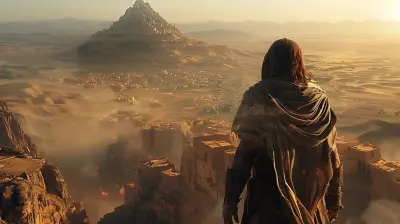The Role of Customization in Multiplayer Character Expression
21 June 2025
In today’s world of gaming, where identity and immersion are everything, one feature has emerged as a game-changer (pun absolutely intended): character customization. Whether you’re grinding levels in an MMORPG, taking down squads in a battle royale, or simply vibing in a social sandbox, customizing your character isn’t just a cool bonus—it’s a key part of the multiplayer experience.
But why do we care so much about what our digital avatars wear or how they look? Is it just about aesthetics, or does customization play a deeper role in how we express ourselves in online multiplayer spaces?
Let’s dive into the colorful, creative, and sometimes chaotic world of multiplayer character customization—and why it's become a core pillar of personal expression in gaming.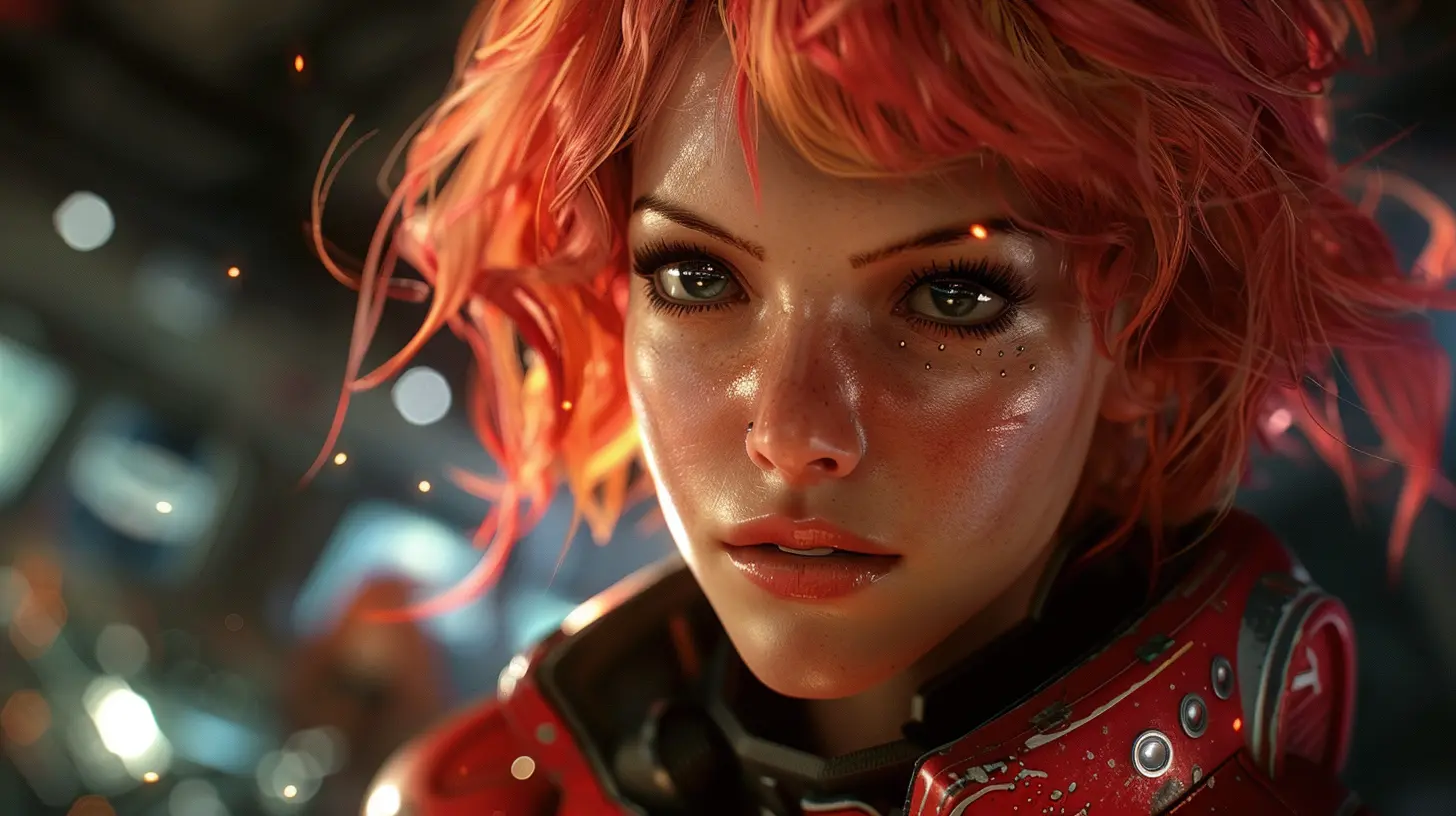
Why Customization Matters More Than Ever
Let’s be real—most of us don’t want to look like Generic Default Guy #231 when we jump into a game with our friends (or 99 strangers). That’s because games today are more than just competition—they're social platforms, creative outlets, and digital hangouts. And just like in the real world, we want to stand out, show off, and sometimes even roleplay a version of ourselves that we can’t be in real life.Customization gives us that freedom. You can be a viking in neon armor, a space ninja with a bunny mask, or anything your imagination (and the devs) will allow.
Expression Is Identity
In multiplayer games, your character is often your first impression. Before you even say "hi" on voice chat, other players see your avatar. That look? That vibe? It's you. It’s your personal branding in a crowded server.Think of it like a digital fashion show. Whether you’re rocking rare skins in Fortnite or flexing your glam set in Final Fantasy XIV, your character’s appearance can speak volumes about your personality, preferences, and playstyle.
More Than Just Looks
Customization goes beyond clothes and cosmetics. It includes everything from emotes and victory poses to loadouts, skill trees, and even voice lines. All of these give players more control over how they interact with the game—and with each other.And this isn’t just fluff. Customization often impacts gameplay. For example, in games with class-based systems, the way you build your character directly reflects how you want to contribute to a team or dominate the competition. It’s strategy meets style.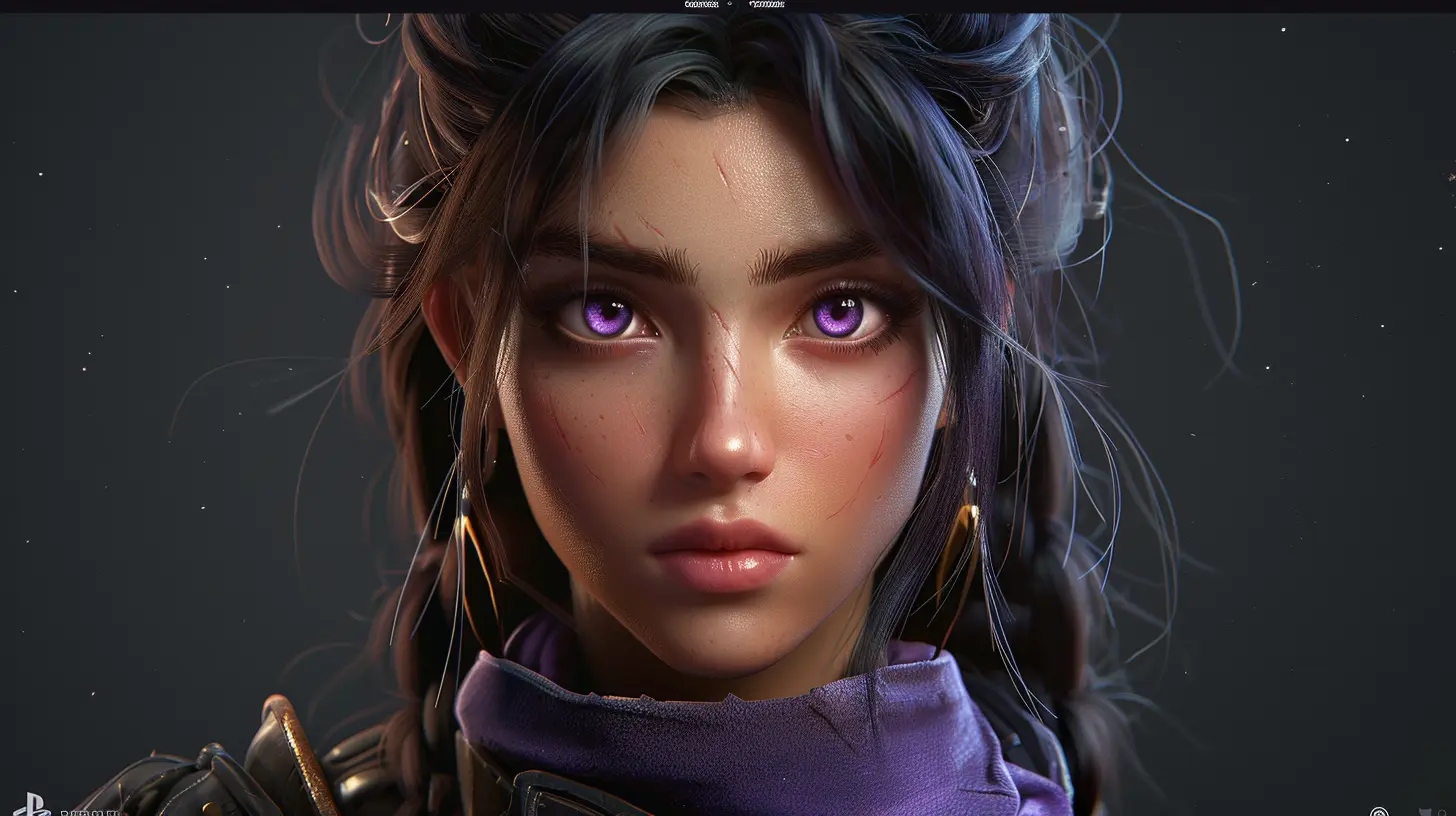
Different Forms of Customization
Let’s break down what exactly we mean when we say “customization.” It’s not just about slipping on a new pair of virtual shoes.1. Cosmetic Customization
This is the big one. Skins, outfits, hairstyles, accessories, tattoos, and all those fun visual tweaks. Purely aesthetic in most cases, but wildly important. Why?Because it’s how we show personality. Are you rocking a clown suit in Call of Duty to mess with people? Or maybe you coordinated your Valorant agent’s skin with your team colors? That’s choice. That’s expression.
2. Gameplay Customization
These are things that actually affect your performance in-game: skill builds, weapon loadouts, character perks, or even special abilities. In games like Apex Legends or Warframe, the way you customize your gear directly impacts how you play.And when everyone’s rocking different setups, it adds more variety and unpredictability to gameplay—which keeps things exciting.
3. Behavioral & Social Customization
Ever used a dance emote to celebrate a win? Or spammed your favorite in-game quote after a clutch play? These small interactions are a form of social customization. They affect how others perceive you and how you choose to communicate in multiplayer spaces.Some games, like Destiny 2 or The Division 2, even let you customize your character’s emotes and gestures, so your avatar’s attitude matches your own.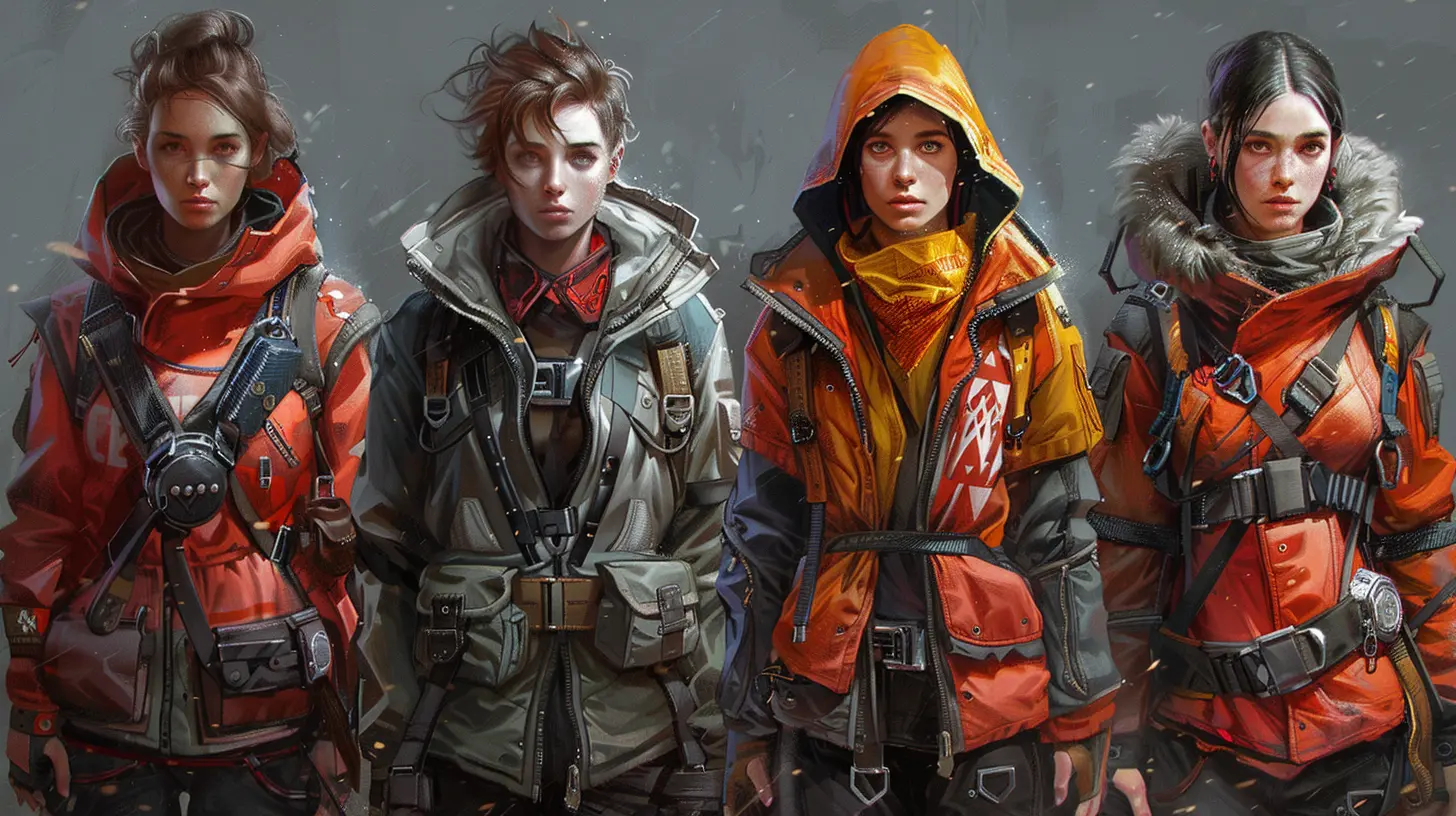
Customization As A Creative Outlet
Let’s face it—we love to create. Give us a blank canvas and a color palette, and we’ll go nuts. That’s what customization offers: an outlet for our creativity.Whether you’re meticulously designing your warrior’s armor or mixing and matching wacky outfits in Fall Guys, the process is rewarding. You’re not just playing the game—you’re adding to it.
And the best part? No two players will look exactly the same. It’s like everyone gets their own mini makeover show.
UGC and Modding: Next-Level Customization
Some games take it further and let the community build their own assets. Think Roblox or Skyrim modding. Players aren’t just customizing their characters—they’re creating entirely new content.User-generated content is the holy grail of creative freedom. When devs empower players to shape their experience, they create passionate communities that stick around for years.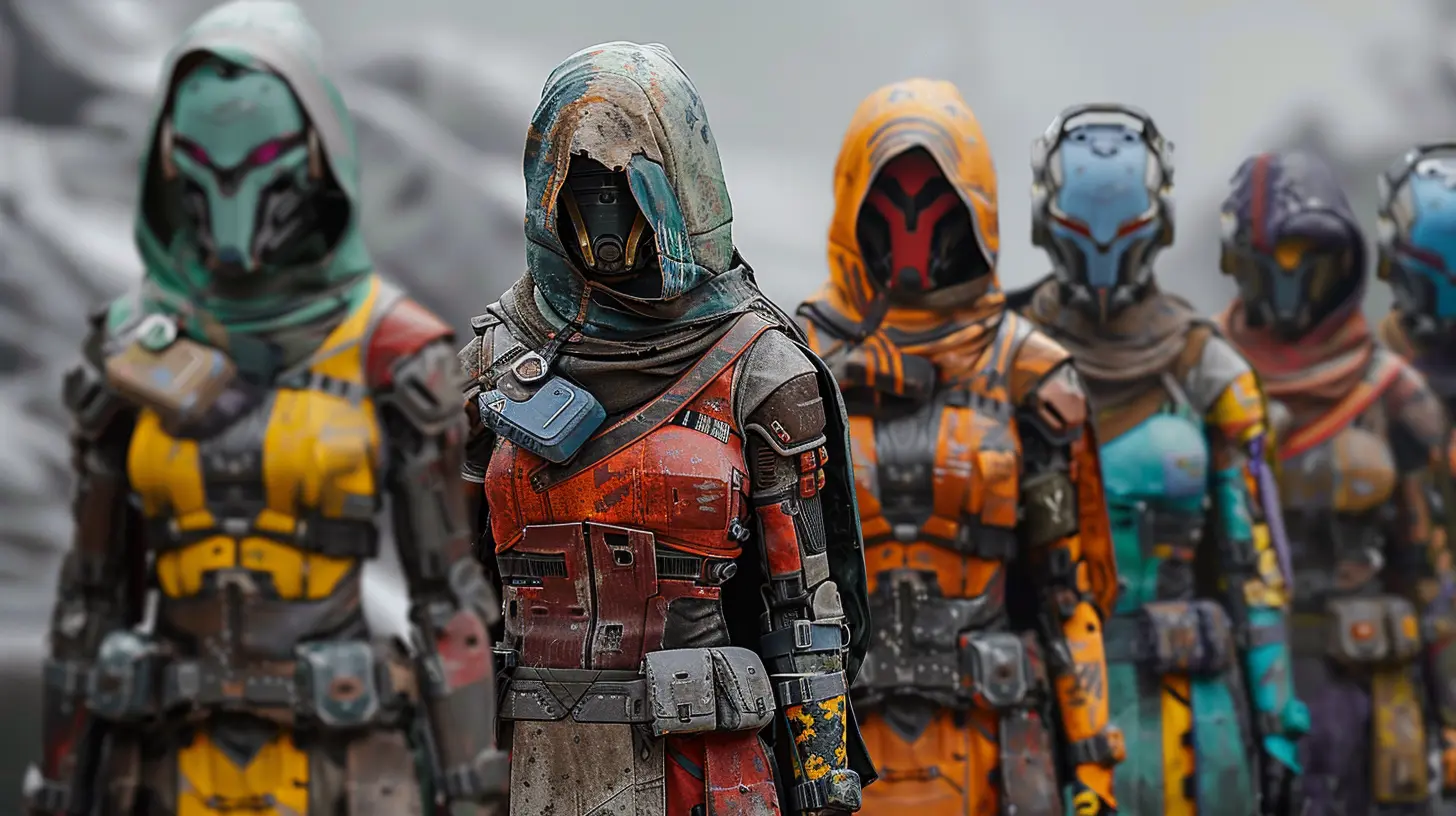
The Social Power of Looking Unique
In online games, we’re constantly surrounded by other people—friends, guildmates, and total strangers. So being able to stand out visually becomes even more important.Bragging Rights & Status Symbols
Remember when you finally unlocked that ultra-rare armor in Destiny? Or when you bought that limited edition League of Legends skin back in 2016? Those visuals carry weight. They’re badges of honor that show others what you’ve accomplished.Looking cool is one thing. Looking cool with a backstory? That’s social currency.
Group Identity & Role Clarity
Ever joined a raid group where everyone wears matching gear? It’s not just for laughs—it creates unity. Matching outfits can reinforce teamwork and camaraderie. On the flip side, specific looks can also signal specific roles. See someone wearing heavy armor and a massive shield? Probably the tank.Custom visuals help other players instantly recognize who you are and what you do. It’s the digital equivalent of a firefighter wearing a red helmet.
Accessibility and Inclusivity in Character Customization
Here’s something really important—and honestly, kind of overdue in gaming: allowing players to truly be themselves. Recent years have seen a big push for more inclusive customization options, and it's a game-changer.From being able to select a wide variety of body types, skin tones, hair textures, and gender identities, to avoiding traditional gender locks on clothes and voices—games are becoming more inclusive.
When players can create characters that look like them, it’s incredibly empowering. It makes everyone feel like they belong, and that they’re represented in the virtual worlds they love.
How Games Are Prioritizing Customization
Game developers are catching on fast. Customization isn't a gimmick anymore—it's a core feature. Studios are putting serious effort into building deep, flexible systems that let players go wild.Here are a few standout examples:
- Elden Ring: Despite being known for its brutal gameplay, it offers a surprisingly robust character creator. Want to look like Shrek? Go ahead. The internet did.
- Warframe: Ridiculously detailed. You can customize literally everything—from armor pieces to ship interiors.
- Final Fantasy XIV: Known not just for its gameplay but also for its fashion scene. "Glamour" is practically a meta all its own.
- Animal Crossing: New Horizons: Entire communities formed around designing outfits, houses, and islands. It’s digital interior design meets cottagecore aesthetics.
Customization Drives Player Retention
Here’s a fun fact: players who feel attached to their characters tend to stick around longer. And what builds that attachment? Customization.When you spend time tweaking, dressing, and perfecting your character, you're investing emotionally. They’re not just pixels anymore—they’re yours.
Games with constantly evolving cosmetic options—like battle passes, seasonal events, and limited-time outfits—also keep players coming back. There's always something new to earn or unlock.
Imagine playing for months just to get that one outfit that makes your character look 10/10 god-tier. That’s motivation.
The Fine Line: Customization vs. Monetization
Okay, we’ve hyped up customization a lot—and for good reason. But let’s be honest: not all customization is created equal. Some games have turned it into a microtransaction minefield.Selling cosmetics isn’t inherently bad. Developers need revenue, and players often don’t mind paying for cool looks. But when every piece of meaningful customization is locked behind a paywall, it can feel... greedy.
The trick is balance. Offer fun, free customization options while also monetizing high-demand cosmetics. Give players choices without making them feel like they’re being nickel-and-dimed every step of the way.
Final Thoughts: It’s More Than Dressing Up
So yeah, customization might seem like just a fun extra—but it’s actually a huge deal in multiplayer games. It’s how players express themselves, connect with others, and make their characters truly their own.From visual flair to gameplay impact and deep personal meaning, character customization is at the heart of modern multiplayer gaming.
So next time you’re tweaking your avatar’s look for the 100th time, just remember—you’re not wasting time. You’re crafting your digital identity. And in today’s games, that's everything.
all images in this post were generated using AI tools
Category:
Character CustomizationAuthor:

Jack McKinstry
Discussion
rate this article
2 comments
Kristen Patterson
Customization is crucial for character expression in multiplayer games. It empowers players to showcase their individuality, enhances immersion, and fosters a sense of community, making every interaction more meaningful and memorable.
June 21, 2025 at 4:45 PM

Jack McKinstry
Absolutely! Customization not only enhances individuality and immersion but also strengthens community bonds, making every player interaction unique and memorable.
Mindy Cruz
Customization enhances player identity and connection in multiplayer games, allowing individuals to express themselves uniquely. It enriches the overall gaming experience significantly.
June 21, 2025 at 3:56 AM

Jack McKinstry
Absolutely! Customization is key to fostering personal connections and enhancing immersion in multiplayer games. It empowers players to truly express their identities.

